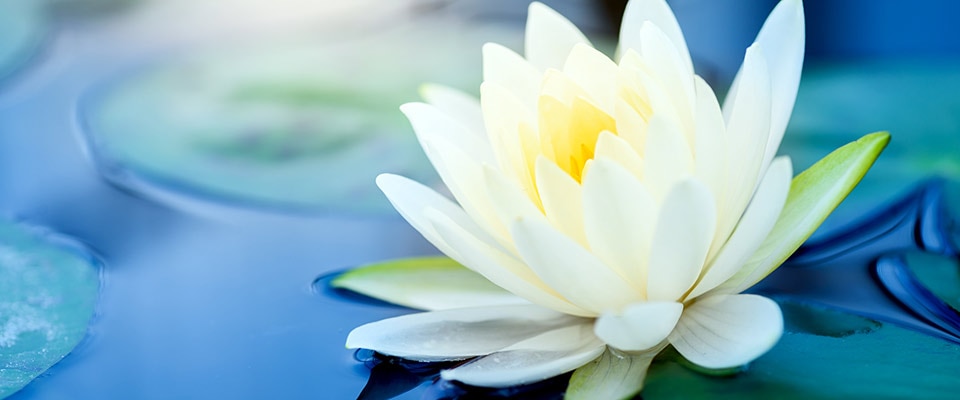
How culture has influenced Japanese packaging design
Innovation and tradition should not be separated from each other
Japan is often acknowledged as one of the industry leaders in packaging design. Whether that’s because of their well-known minimalistic style or their colorful and intense graphic designs is up for discussion. What is clear in all instances is that Japanese packaging stands out on the shelf.
What exactly makes Japanese packaging so unique? We explored the philosophy and age-old traditions behind Japan’s packaging culture with Kuroyanagi Jun, packaging designer and winner of a Golden Award in the Japan Package Design Awards 2015.
The role of packaging and the designer
In Japan, packaging is seen as an integral part of the product experience rather than just a way of containing a product. Shoppers value and expect high quality packaging, which means packaging designers have to carefully consider consumer preferences.
“People are seeking a physically and mentally rich life and we as packaging designers have to collaborate with brand owners to help consumers enrich their lives through the products they buy. Designers will play an increasingly important role in making this happen,” said Jun.
This commitment to enriching lives is grounded in the ideals of traditional Japanese aesthetics which dictate that even ordinary products must be enhanced with a “pleasant touch” and elicit certain emotional responses in the user.1
Nature’s influence on design
Since the Nara period (710-794 AD), food packaging in Japan has been closely connected to nature.2 According to Hideyuki Oka, author of “How to Wrap Five Eggs”, food was wrapped in natural materials like bamboo sheath, rice straw and paper-thin wood shavings. This was not only considered practical, but also visually appealing thanks to its natural charm and shapes.3 The appreciation of nature’s beauty influences today’s food packaging designs: designers are inspired by natural shapes, use natural motifs such as flowers or bamboo and replicate natural materials like wood in plastic and polystyrene foam.4
Because of Japan’s love and respect for nature, the responsible use of packaging is also high on the agenda. “Today, environmental issues are a much talked about problem,” stated Jun. “Therefore, the quality and lifecycle of products are taken seriously. We are seeing this trend not only in the food industry but across all sectors.”
Unpacking an experience
This is especially the case in gift packaging, where a traditional Japanese folding technique from the Nara period called “furoshiki” is often used to wrap objects of various shapes using different fabrics such as silk, cotton, rayon and nylon. Items are usually folded in a rectangular sheet with the overlapping parts placed asymmetrically on the top side of the envelope, adding a dynamic quality to the packaging. These intricate folding patterns exemplify how Japanese packaging is designed to help consumers transition from one mood to another, experiencing emotions such as anticipation, surprise and delight.6
This is especially the case in gift packaging, where a traditional Japanese folding technique from the Nara period called “furoshiki” is often used to wrap objects of various shapes using different fabrics such as silk, cotton, rayon and nylon. Items are usually folded in a rectangular sheet with the overlapping parts placed asymmetrically on the top side of the envelope, adding a dynamic quality to the packaging. These intricate folding patterns exemplify how Japanese packaging is designed to help consumers transition from one mood to another, experiencing emotions such as anticipation, surprise and delight.6
One thing is clear: Japanese packaging design is unique because it builds on ancient traditions and ideals.
“Innovation and tradition should not be separated from each other,” concludes Jun.
1 Japanese Packaging Design”, Material ConneXion, http://www.materialconnexion.com/Home/Matter/Matter Magazine81/PastIssues/MATTER54/JapanesePackagingDesign/ tabid/634/Default.aspx
2 “Japanese Packaging Design”, Material ConneXion
3 “How to Wrap Five Eggs”, Hideyuki Oka, 1975
4 “Japanese Packaging Design”, Material ConneXion
5 “Japanese Packaging Design”, Material ConneXion
6 “Japanese Packaging Design”, Material ConneXion
7 “Asia trends for 2015: Emergence of Japanese Influence in South East Asia’s Packaging Sector”, PackWebasia.com, http://www.packwebasia.com/packaging-editorial/asian-packaging/3540-asian-trends-for-2015-emergence-ofjapanese- influence-in-south-east-asia-s-packaging-sector





